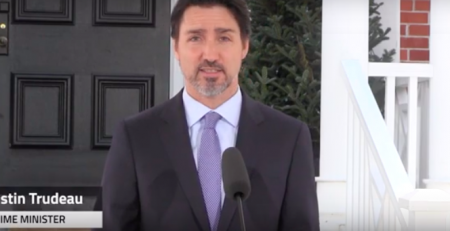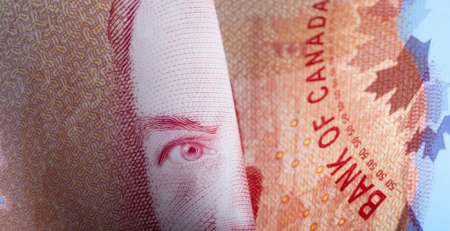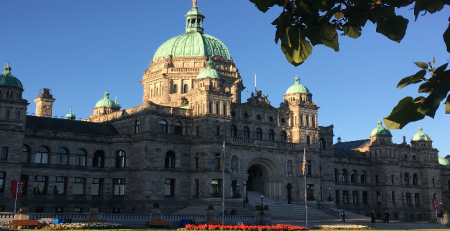Bank of Canada sees stronger global growth, keeps rates steady
[Source: The Globe and Mail, December 7, 2016]
The Bank of Canada is keeping its key overnight rate at 0.5 per cent, pointing to a stronger global economy coupled with continued uncertainty regarding international trends.
Donald Trump’s election win in the United States has created expectations in financial markets that Republicans in Washington will inject new fiscal stimulus into a U.S. economy that is near full capacity, a development the bank says has pushed Canadian bond yields “significantly” higher.
The bank says the Canadian economy rebounded strongly in the third quarter, as expected, following a very weak first half of 2016 that was largely due to the temporary shutdown of Alberta’s oil patch caused by wildfires in and around Fort McMurray.
That strong third quarter growth is expected to shift to more moderate growth in the fourth quarter, according to the bank.
The decision to keep the overnight rate at 0.5 per cent, where it has sat for the past 16 months, was widely expected by financial markets.
Wednesday’s rate statement was delivered in the form of a one page news release and there was no follow-up news conference. It was the last of eight scheduled rate announcements for 2016. Bank of Canada Governor Stephen Poloz only holds news conferences at every other rate decision when they are accompanied by the bank’s quarterly Monetary Policy Report. The release of the next quarterly report and rate announcement is scheduled for Jan. 18, 2017.
Mr. Poloz does have a news conference scheduled for Dec. 15 when the bank releases its financial system review. Mr. Poloz will likely face questions then about Wednesday’s rate decision.
The bank’s decision to hold the line on interest rates comes ahead of next week’s rate decision from the Federal Reserve. Analysts view a rate hike south of the border as likely, in contrast to expectations in Canada.
“A better run in Canadian data gave reason for the Bank of Canada to stand pat, but today’s statement continued to highlight that a hike is still a distant proposition,” said CIBC economist Nick Exarhos in a research note Wednesday.
BMO chief economist Doug Porter agreed.
“We would interpret the series of relatively downbeat statements as a stark reminder that Canadian short-term rates in no way, shape or form, will follow the U.S. lead higher,” he said in a note. “Barring some massive shock, the bank appears to be very comfortable staying on the sidelines for some time yet.”
Mr. Poloz has been supportive of the idea that fiscal measures have a role to play in boosting economic growth during a period of persistently low interest rates.
Prime Minister Justin Trudeau’s Liberal Party won power in 2015 on a platform of long-term fiscal stimulus, promising a package of tax cuts, increased payments to families and billions in new infrastructure spending.
Wednesday’s statement from the bank indicates that the new Canada Child Benefit payments for families did contribute to the boost in growth during the third quarter. However there is no evidence yet that promised infrastructure spending has entered the economy.
The bank said Wednesday that “the effects of federal infrastructure spending are not yet evident in the GDP data.”
“Meanwhile, business investment and non-energy goods exports continue to disappoint,” said the bank. “There have been ongoing gains in employment, but a significant amount of economic slack remains in Canada, in contrast to the United States. While household imbalances continue to rise, these will be mitigated over time by announced changes to housing finance rules.”
Inflation has picked up in recent months but is slightly below expectations, the bank said, pointing to lower food prices as a main factor. Core inflation stands at close to 2 per cent.
A survey of economic forecasts compiled in November by FocusEconomics found the consensus expectation is that Gross Domestic Product growth will be 1.2 per cent in 2016 and 1.9 per cent in 2017.
Beata Caranci, chief economist for TD Bank, pointed out this week that there is increasing uncertainty when it comes to economic predictions for 2017.
Ms. Caranci said 2017 will be a year in which central banks pass the baton to fiscal policy as the main source of policy action to promote growth. However one of the main sources of uncertainty facing the global economy is the direction of the United States following the Jan. 20 inauguration Mr. Trump as President.
“Political event risk will remain at the forefront, particularly if negative U.S. rhetoric on immigration and trade turns into action,” said Ms. Caranci in a research note Tuesday.










